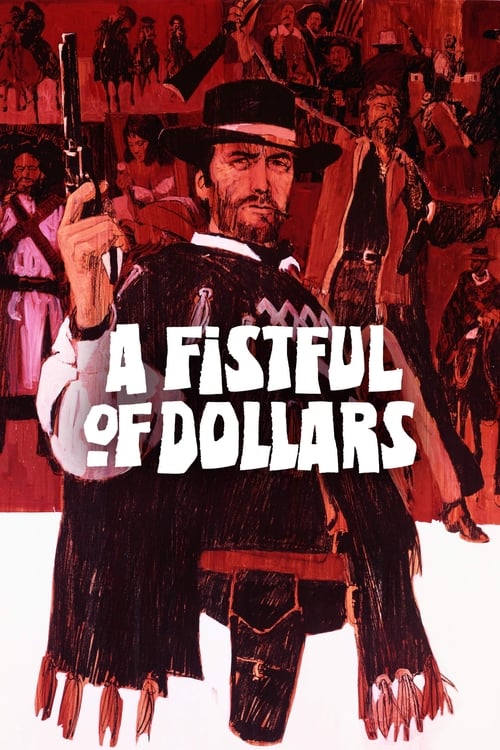
Title: A Fistful of Dollars
Year: 1964
Director: Sergio Leone
Writer: Tonino Valerii
Cast: Clint Eastwood (Joe), Marianne Koch (Marisol), Gian Maria Volonté (Ramón Rojo), Wolfgang Lukschy (John Baxter), Sieghardt Rupp (Esteban Rojo),
Runtime: 99 min.
Synopsis: The Man With No Name enters the Mexican village of San Miguel in the midst of a power struggle among the three Rojo brothers and sheriff John Baxter. When a regiment of Mexican soldiers bearing gold intended to pay for new weapons is waylaid by the Rojo brothers, the stranger inserts himself into the middle of the long-simmering battle, selling false information to both sides for his own benefit.
Rating: 7.833/10